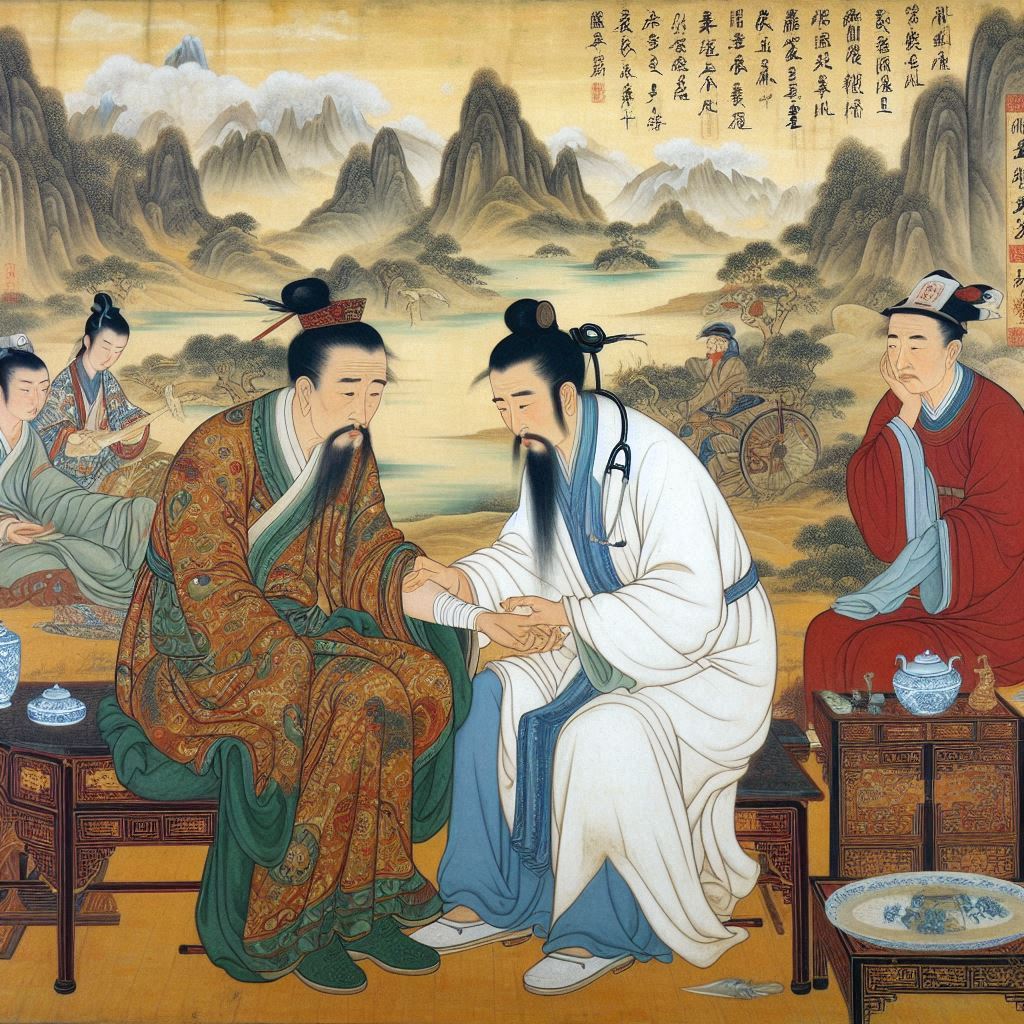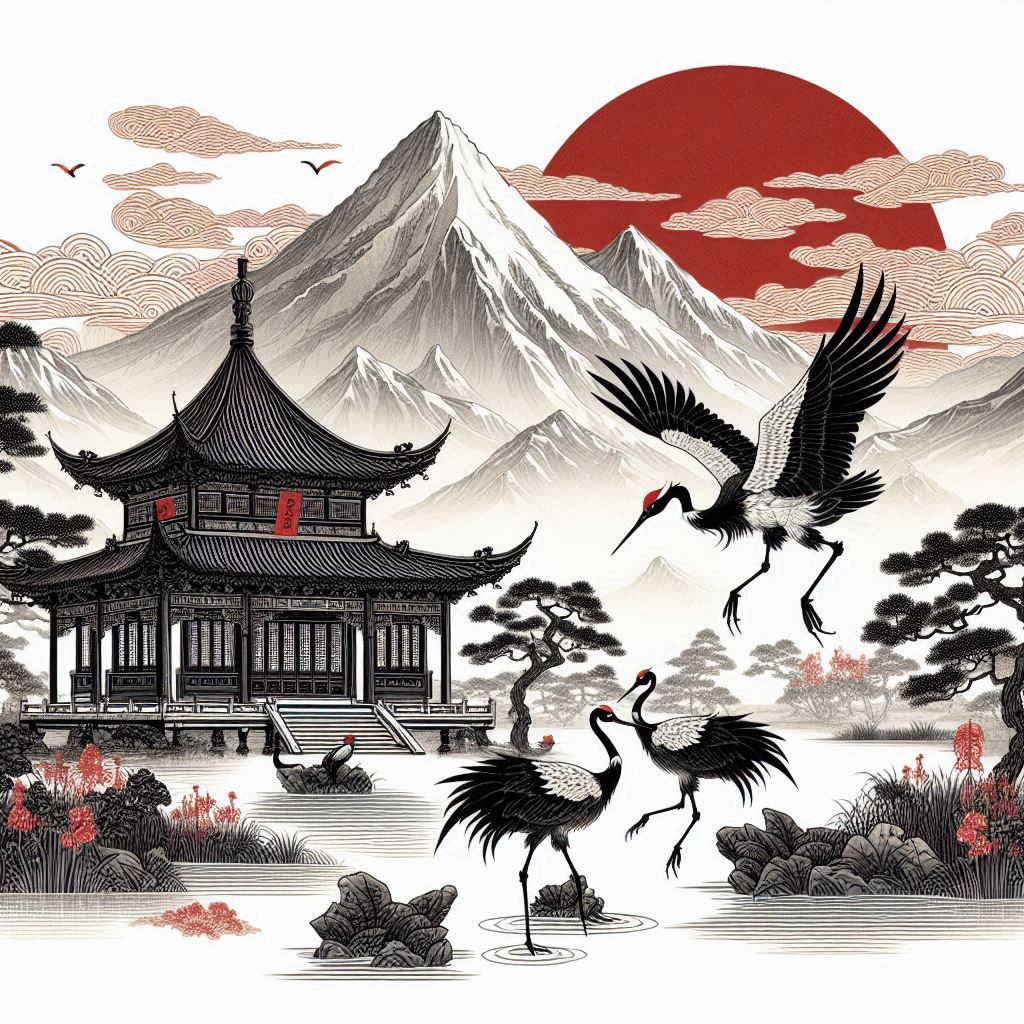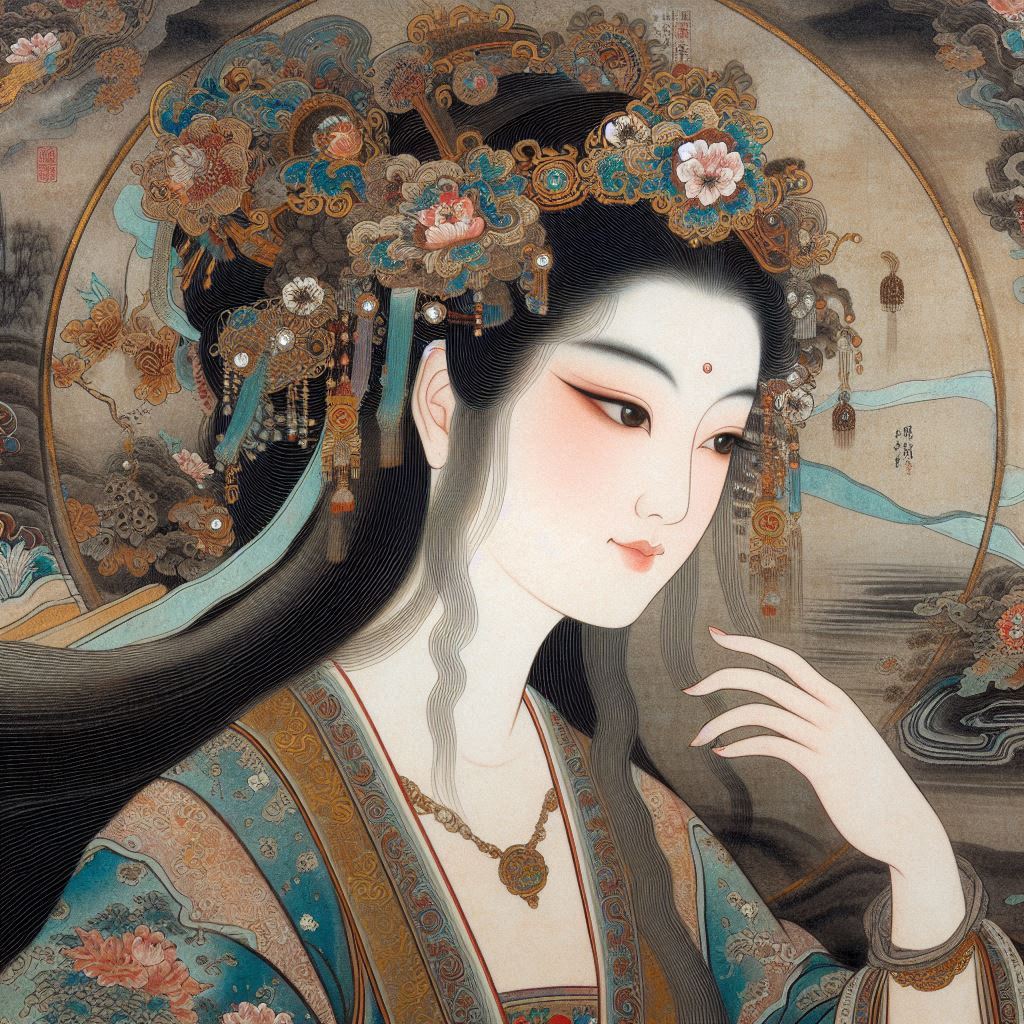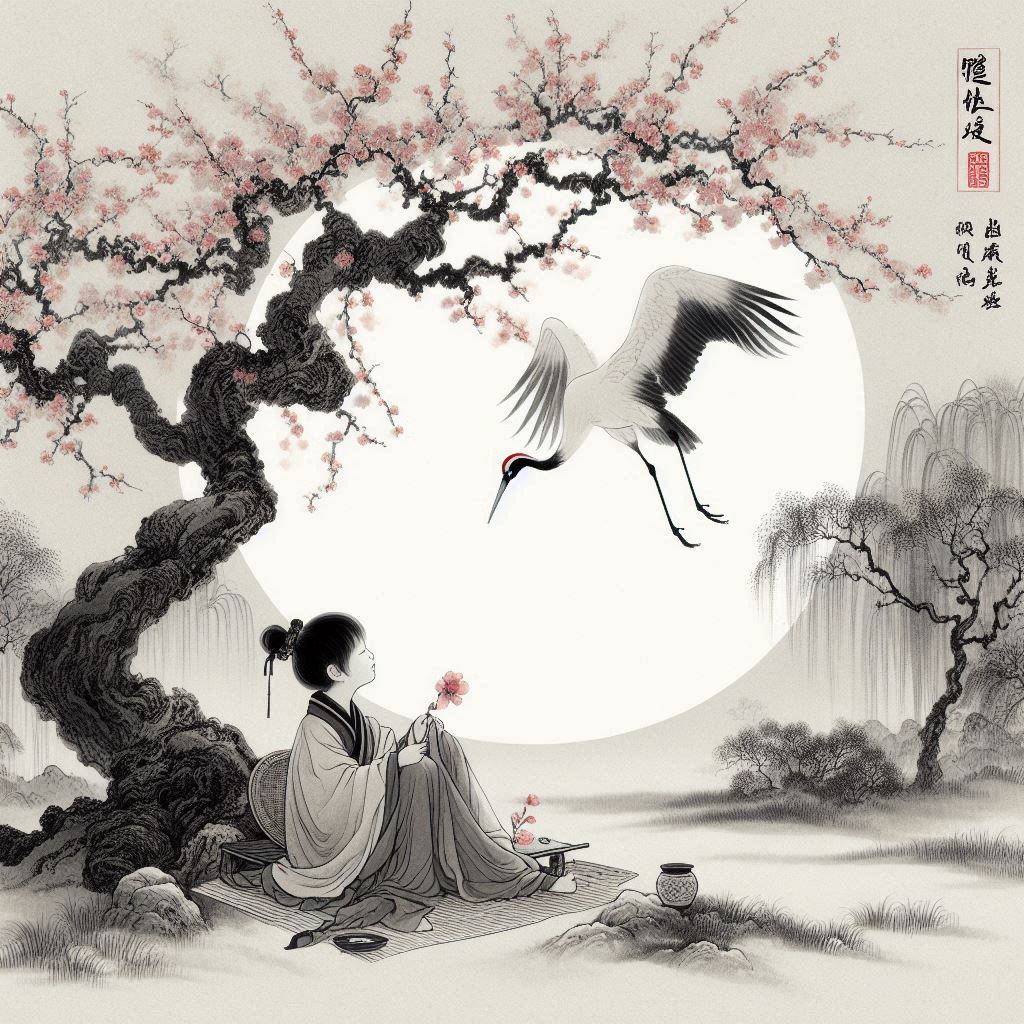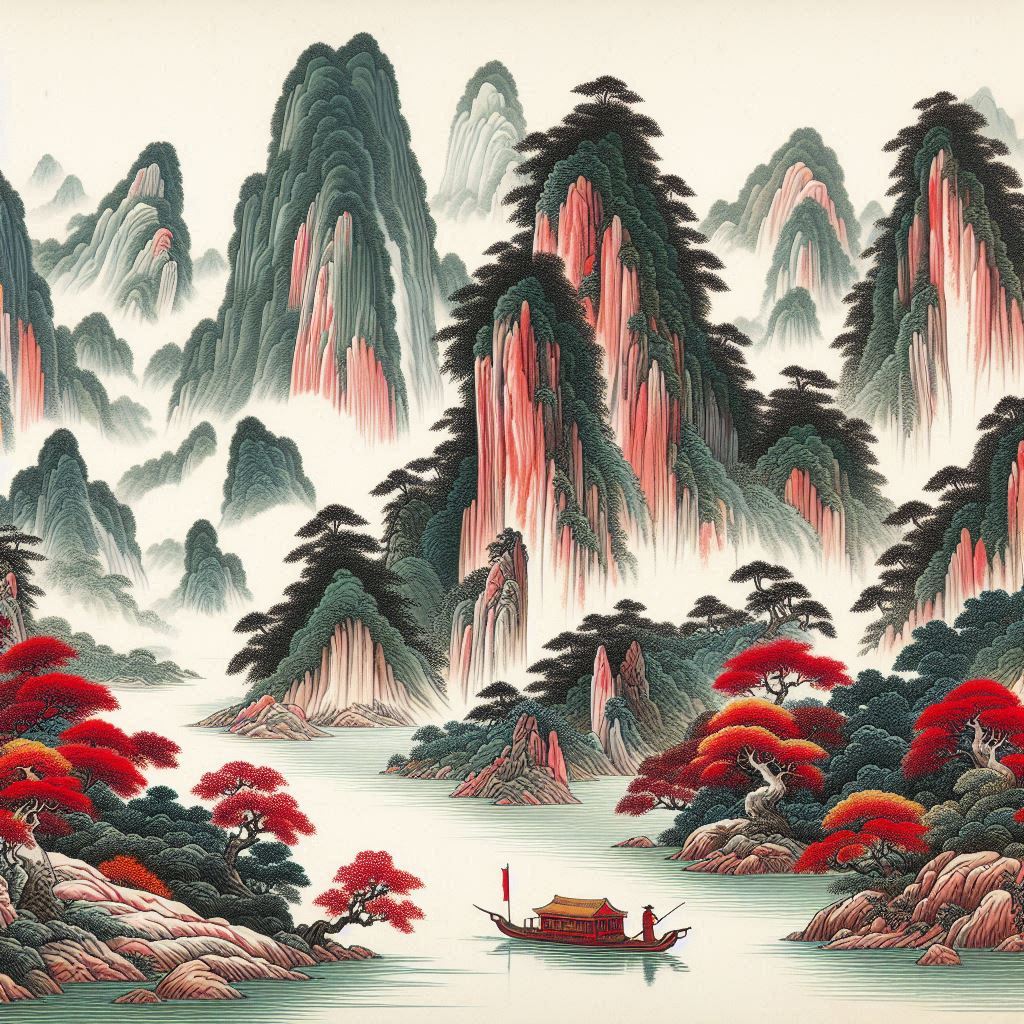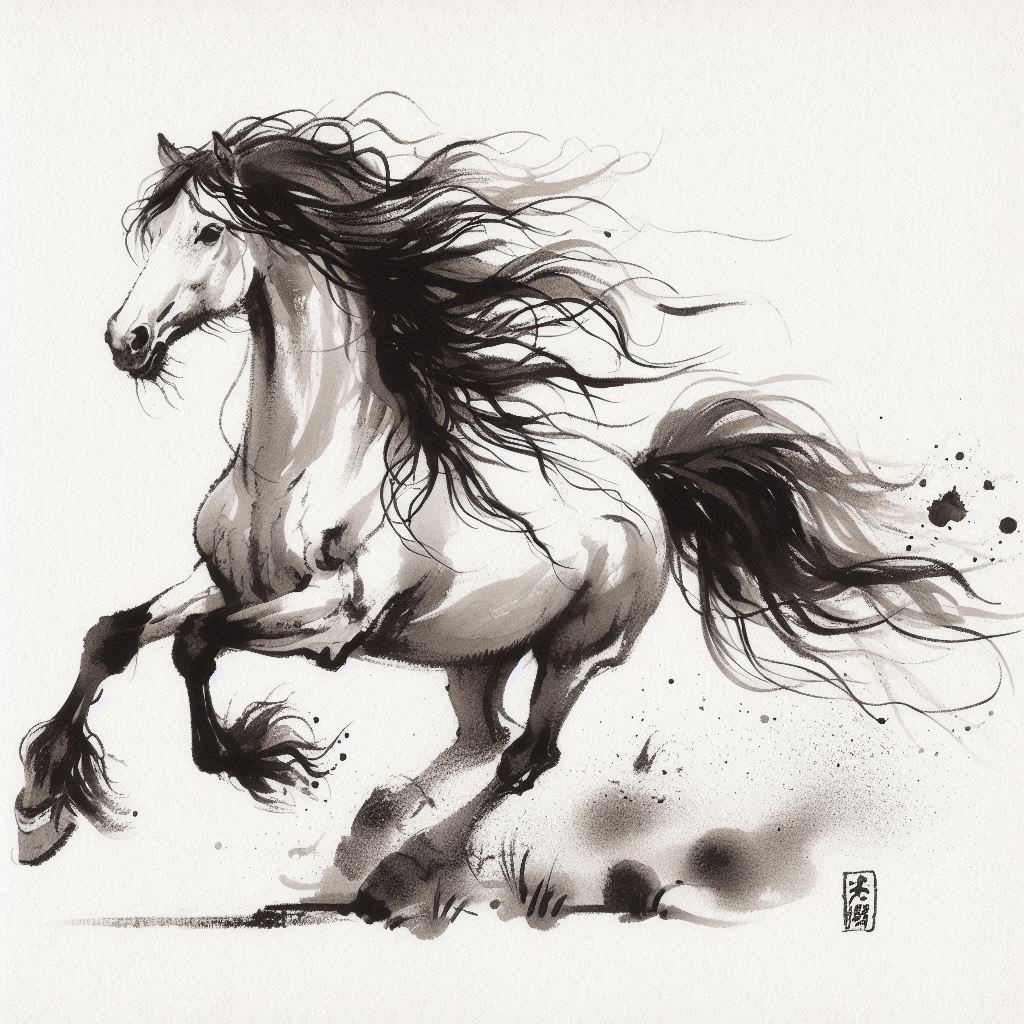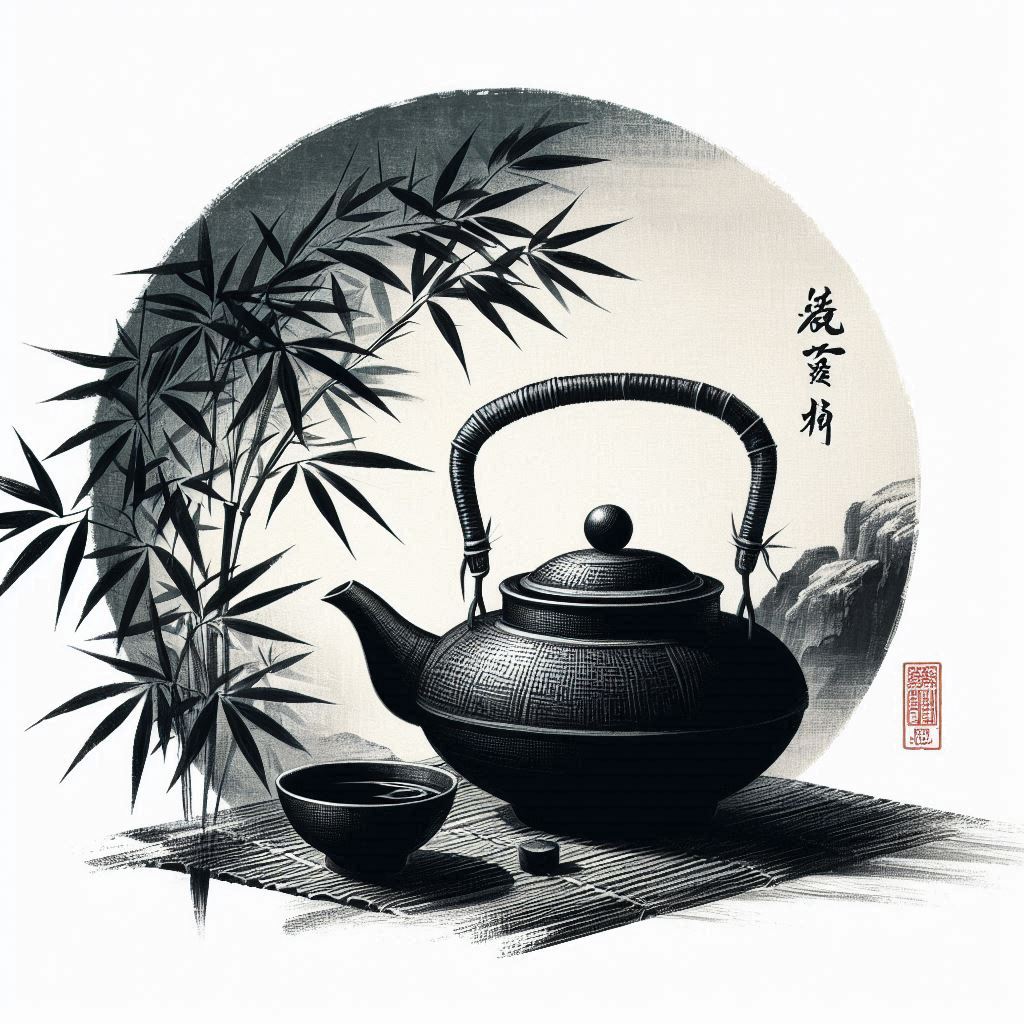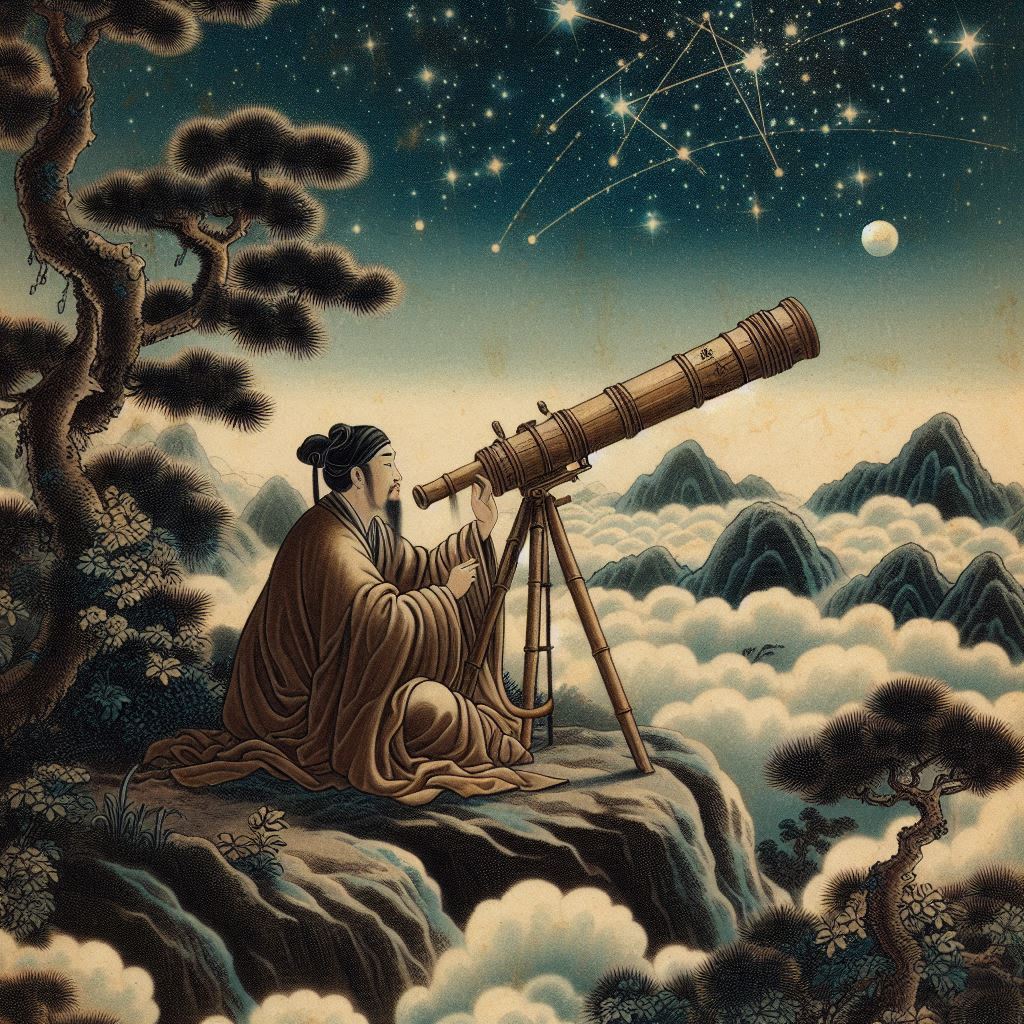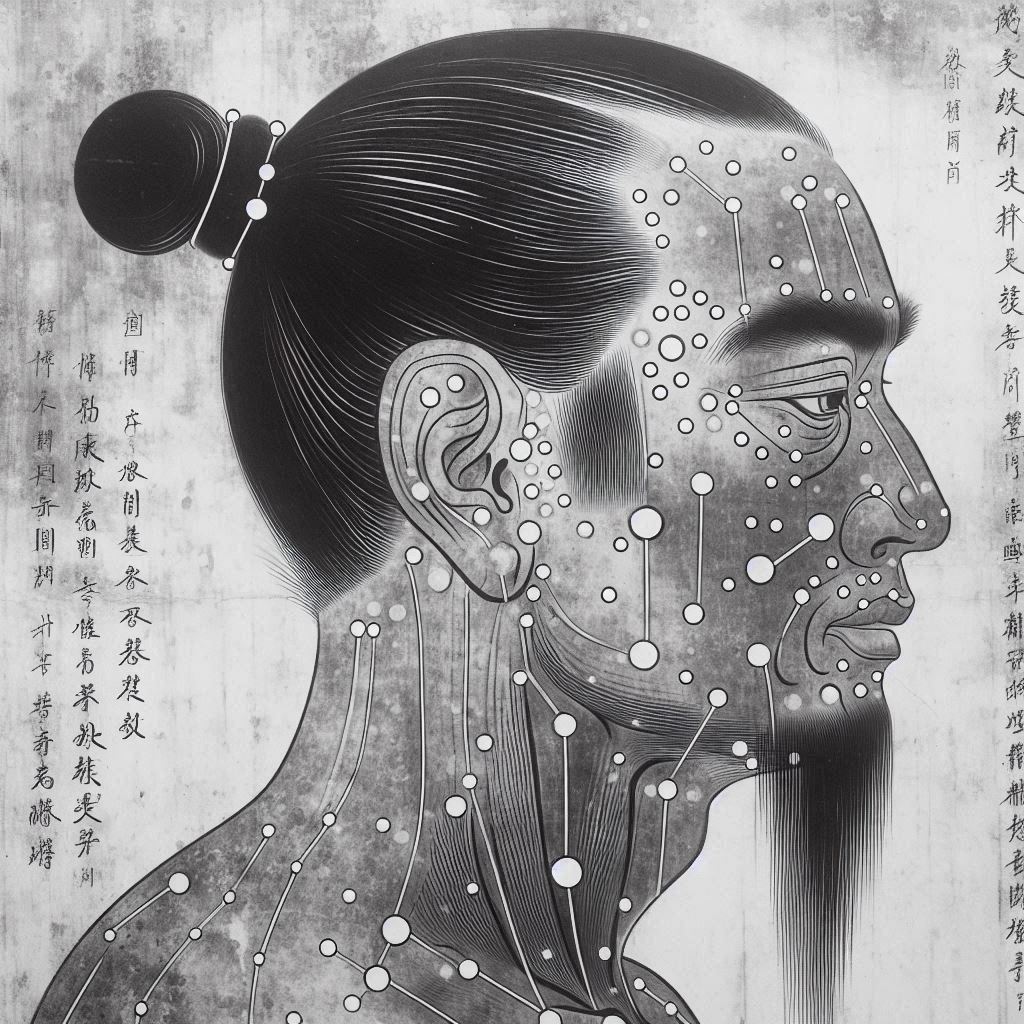Oracle bones
The artifacts that best represent the history of the Shang dynasty are the oracle bones. The oracle bone script (Chinese: 甲骨; pinyin: jiǎgǔ) is the oldest cultivated text found in China. It is the origin of the Chinese characters and Chinese calligraphy art. It is also known as "the deed", "oracle bone scripture", the "Yinxu script" or "the turtle bone script"(1).
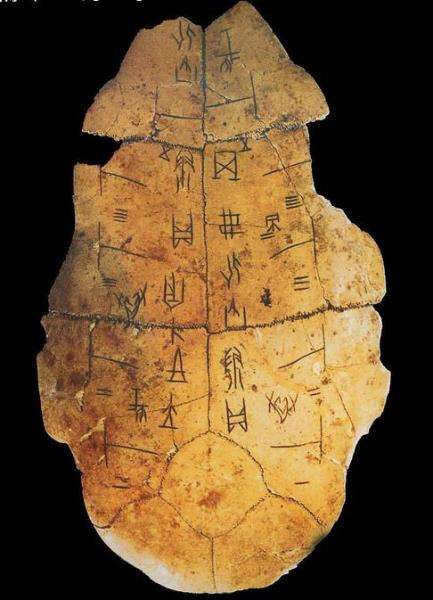
Oracle bones are pieces of ox shoulder blades, turtle shells, deer skulls, and bones of other animals. They were used for divination and memoirs of the royal family and aristocracy in the capital of the Yin and Shang dynasties from the 14th century to the 11th century BC. The content of the oracle bone script is related to the physical, emotional and social realm of the royal family - clothing, food and feasts, dreams, fortunes, emotional pursuits, military endeavours, etc. The content furthermore relates to the daily life of the ordinary people. They would inquire about unknown matters such as the natural environment, future weather, climatic challenges, and crop planting. Diviners would carve questions to deities onto a bone or shell using a sharp tool then apply strong heat with a metal rod until the bone or shell cracked. The diviners would then interpret the pattern of cracks and write the prediction upon the piece(1).
The Oracle bones were discovered in the late Qing Dynasty by farmers in Xiaotun Village, northwest of Anyang County, Henan Province. The story goes that the farmers found some tortoise shells as they were farming in their fields, but did not consider them to be something special thus sold the tortoise shells as medicinal material. There is a particular story about a barber named Li Cheng who had acne but had no money for medicine. He found some dry bones in his farmland, broke them up and applied them to the affected area. As his symptoms cleared he thought that the dry bones were “dragon bones” with special medicinal property and sold them to a drugstore (in Chinese medicine there are a lot of medications that relate to the dragon - keel, earth dragon, longan meat, etc.). Pharmacy owners started selling the bones as medication known as "keel". Because of Li and the other villagers who followed him, many historical materials of the Shang Dynasty were ground into powder and taken by people as Chinese medicine. In China this is referred to as “人吞商史”( “people swallowed the history of the Shang”)(1).
In 1899 during the Qing dynasty the king’s priest, named Wang Jirong, had malaria and sent his student Zhao Jun, to the pharmacy to buy some "keel". Wang Jirong, who loved archeology, examined the keel before decocting it and found that the keel was engraved with characters. After looking closely, he found the characters to be an ancient script. He went back with his student to the pharmacy and bought more keel to examine. He learned that the pharmacist bought the keel from a peasant in Xiaotun Village, northwest of Anyang, Henan, where the capital of the Shang Dynasty was originally located. After further in-depth exploration it was confirmed that the keels sold as medicine were not mere dry bones but Oracle bones with ancient text inscriptions(1).
Oracle bones and medicine
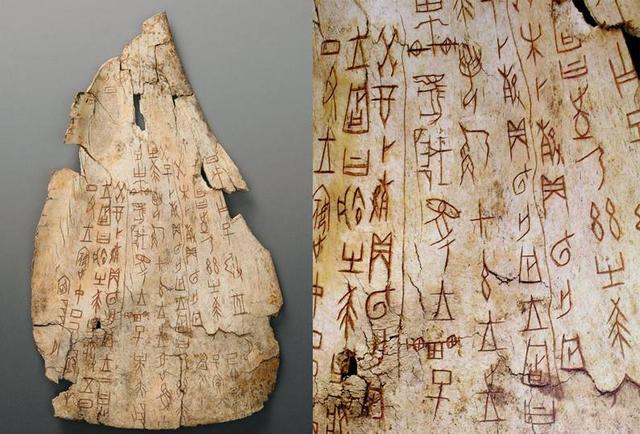
The earliest plague outbreak recorded in the history of the world is a case recorded on an oracle bone from the Shang Dynasty, unearthed in Xiaotun, China. King Wu Ding of Shang has been suspected to have plague. The following oracle bone inscription is cited from the book of Dong Yantang “Edition of Yinxu in Xiaotun”:

"Edition of Yinxu in Xiaotun", Dong Yantang, published 1948
The meaning of the text is: “On the day of Jiazi the shaman asked whether the king of Shang – Wu Ding - had plague. Would the plague spread?”(3).
There is further evidence that the Shang people were concerned with illness and disease. Such evidence is the Oracle character of “illness” (the first pictograph from the left in the table below). It is composed of two elements - a "man" – the left part of the character, and a “bed” – the right part. Its meaning is person lying on a bed. There are four small strokes that surround the component “man”. Various hypothesis have different suggestions on what those strokes/dots mean but most support the idea that the dots are “sweat drips” or “drops of blood”. Accordingly their meaning is that the patient is either sweating excessively or bleeding (therefore constrained to bed)(3)(4).

- Inscription on oracle bone
- Inscription on ancient bronze objects
- Lesser seal character (a simplified form of 大篆– big seal character, adopted c.213 BC during the Qin dynasty for the purpose of standardizing the script)
- Character in the Kangxi Zi Dian – dictionary named after Kangxi Emperor, who in 1710 ordered its compilation, containing 47, 035 single-character entries
- Regular script
In the oracle bone inscriptions the above character 疾– ji (disease) was found to be existing in different combinations with other characters that were depicting either a part of the body or a bodily function. Examples of such characters are head, eyes, nose, mouth, tooth, neck, abdomen, foot, heel, voice, urination, and parturition but also child, death, recovery(4)(5). The combination of these characters together with the character ji consequently translates as “head illness” , “eye illness”, “nose illness”, “mouth illness”, etc. This indicates that the Shang people not only had a concept of illness but also had a concept that illness is specific and localised. This illness, they believed, was caused by the actions of hostile deceased ancestors and was “send from above” or “rained down from above”. The solution - the cure of the illness - was to subdue the wrath and dissatisfaction of the dead spirits which was carried out through gifts and offerings (such as animal sacrifice)(4).
Although the treatment of illness was ceremonial and ritualistic the use of herbs and food as medicine was also implemented during the Shang dynasty. In 1974 clay pots full of peach kernels, cherry kernels, Yu Li Ren (bush cherry pit), and date kernels were unearthed in Taixi Village, Tancheng County, Hebei Province. According to experts these foods they were used as medication. There are records on the oracle bones of Yin Ruo that indicate the use of dates for the purpose of expelling ghosts and curing diseases. The records mention that if there were nightmares or “sickness with ghosts” it is recommended to eat dates to drive the ghosts away. Actually the idea that jujube (date) can expel ghosts and cure disease remains until the Ming and Qing dynasties and is recorded in Li Shizhen's “Compendium of Materia Medica” . In the “Book of Gods” there is a spell that uses dates to cure malaria - “burn it with fire, read it seven times, blow on the date, and eat it with the patient.”(3)
The roots of acupuncture can also be traced back to the Shang. In the table below - the first square from the left – we can see a pictograph of an actual acupuncture treatment. On the pictograph a sharp tool with an arrow, which may be a primitive bronze needle or a stone-made instrument, can be recognised. According to the famous Chinese orthopedic scholar Hu Houxuan "this is a person holding a sharp tool in his hand, piercing a sick person in the abdomen."(3)
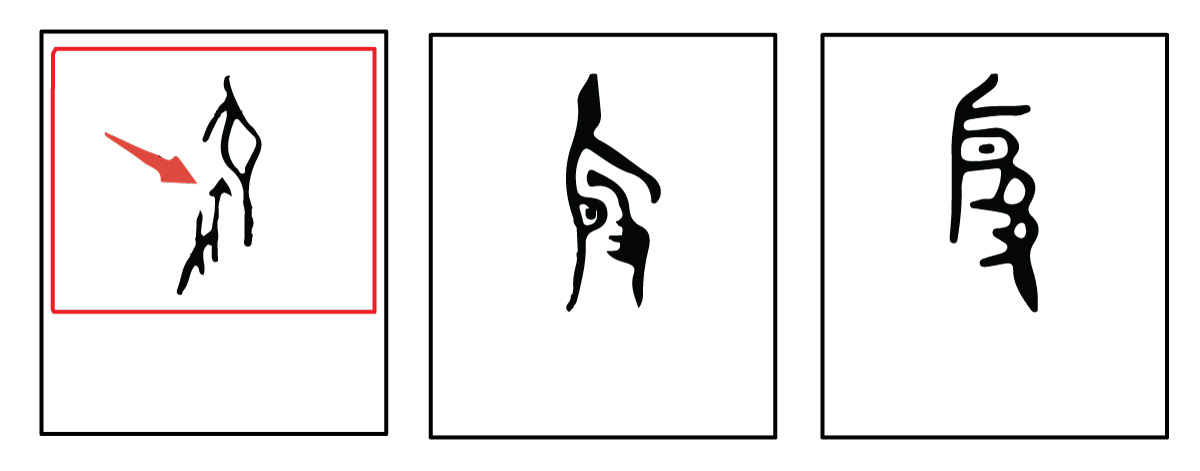
As the Shang did not have the eye for sewing it is believed that the purpose of these needles is for medical treatment. Furthermore the Han dynasty dictionary defines bian shi (bian stones) as “a type of stone used to treat illness by pricking the body”. As there is no documentary of the acupuncture points at that time it is almost certain that the bian stones were used for lancing boils, bloodletting and perhaps for other surgical therapies. Yet it is very likely that these medical practices were the accidental origin of the invention of acupuncture. Accidental because the Shang may have stumbled on the observation that stimulation of specific places on the body evokes a wider range of recovery and body responses than what the simple removal of local pus or bloodletting would bring about(2)
Also from that period three scythes made of stone with a length of about 20 cm and shaped like a sickle were found in addition to Chinese medicinal materials unearthed in Taixi Village, Hebei Province. These tools are believed to be used for lancing boils/cutting through purulent pus to eliminate congestion. It is suggested that these scythes are the earliest surgical scalpel in the world. Today they can be seen in the Hebei Museum in Shijiazhuang, China(3)
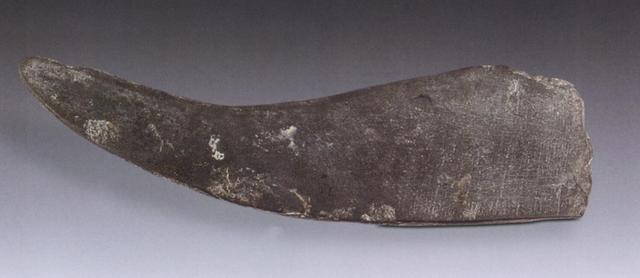
YS
(1) History of TCM presentations by students from the Medical department of Shenzhen University, China, 2016
(2) Buck, Charles (2015). Acupuncture and Chinese Medicine: Roots of Modern Practice. London: Singing Dragon
(3) https://baijiahao.baidu.com
(4) Unschuld, Paul (1943). Medicine in China. London: University of California Press, Ltd.
(5) Wang, Zhen'guo/ Chen, Ping / Xie, Peiping (1999). History and Development of Traditional Chinese Medicine. Beijing: Science Press

